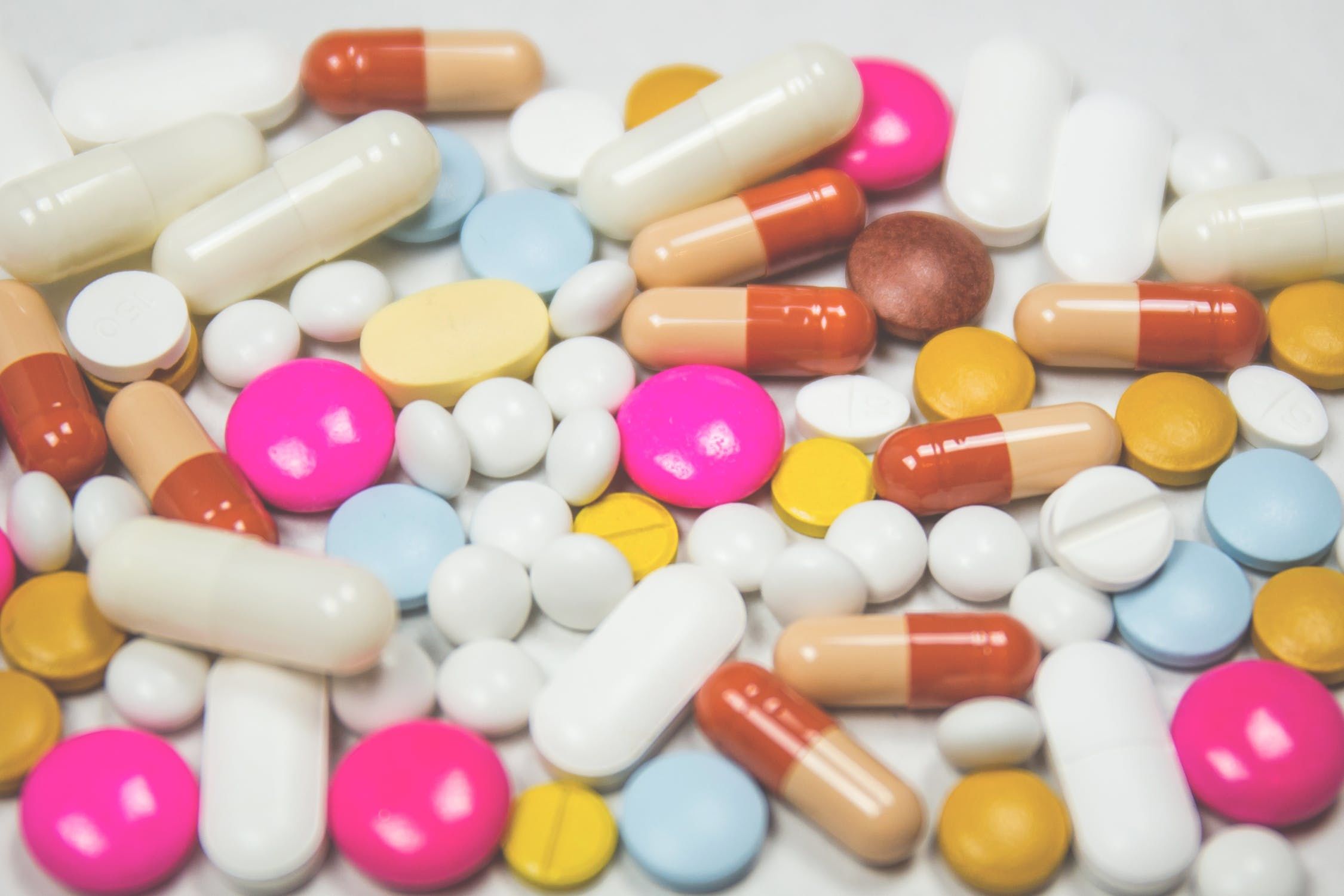The long history of medicine, dating back to the first medics in the age of Hippocrates, has been one of constant discovery, reinvention, and technological advancement. Often, these leaps are brought forward in times of war, as was the case for modern nursing after Florence Nightingale reformed medical treatment for soldiers in the Crimean War. In this article, we’ll take a look at the most modern and cutting-edge part of this journey, examining how technology is currently improving the medical world – especially in a time of COVID-19.
Diagnosis
One of the foremost elements of good medical practice is to get the diagnosis spot-on. The sooner an accurate diagnosis is achieved in medicine, the sooner a doctor, a surgeon, or a nurse can attend to a patient in the correct way. It’s incredibly important, then, that diagnostic services are improved in order to save lives. Increasingly, in the modern era, diagnosis is not simply the sole duty of a family doctor – there’s already a database of specialists at hand to refer patients to. However, in the near future, we’ll be seeing the advance of algorithmic diagnoses – so far proven to be as effective, if not more effective, as human doctors themselves. Also, you can prefer Stimulators from Digitimer, Digitimer manufacture a range of Stimulators that are used all over the world for electrophysiological applications.
Surgery
Next up is surgery – an important step for anyone with wounds or illnesses that are life-threatening. Even those surgeries that are not undertaken to save lives can be dangerous – as we sometimes see when minor surgeries end in fatalities. It’s one of the most important parts of the medical world to improve – and recent advancements have all been in the realm of robotics. With better tools and, increasingly, better robots using those tools, we’re seeing the advent of a future in which robotic surgery becomes the norm.
Minor Treatments
Even in the field of the kind of first aid that you’ll apply yourself outside of a hospital, there have been considerable advances in recent years. Take, for instance, the plaster or wound dressing field. Here, you’ll find high-quality silicone wound dressings designed to fit perfectly and comfortably upon any part of the body, and specifically engineered to encourage the fastest-possible healing time in patients. It’s new equipment and dressings such as these that are driving medical professionals to treat minor wounds far more effectively, driving medical science forwards as a result.
Big Data
Finally, one of the fields of advanced medicine that is considered the most exciting and promising is the field of big data. Why? Because when we take the medical data of millions of people and we observe trends, histories, and diagnoses, we can come to broad and important conclusions about the state of humanity’s health. This is important from a funding point of view, as well as from a risk assessment perspective. Mostly, though, big data insights can pass down to staff and training centers in order to guarantee that all professionals in the medical profession are informed by the latest insights from data and technology to help them in their roles.
High-tech medical equipment is being developed every day – and these are just some of the ways in which this technology will help drive the medical profession into the future.

